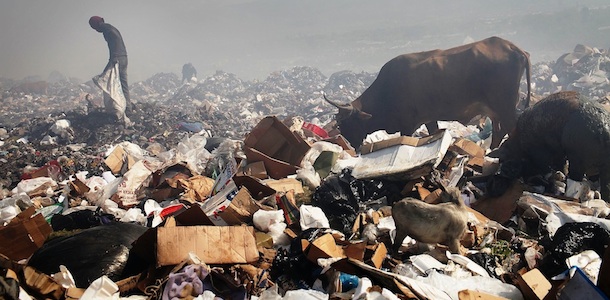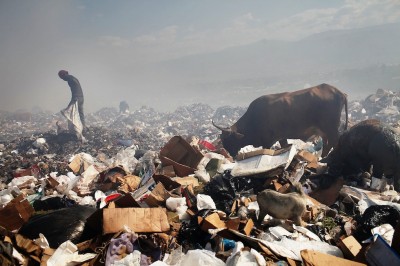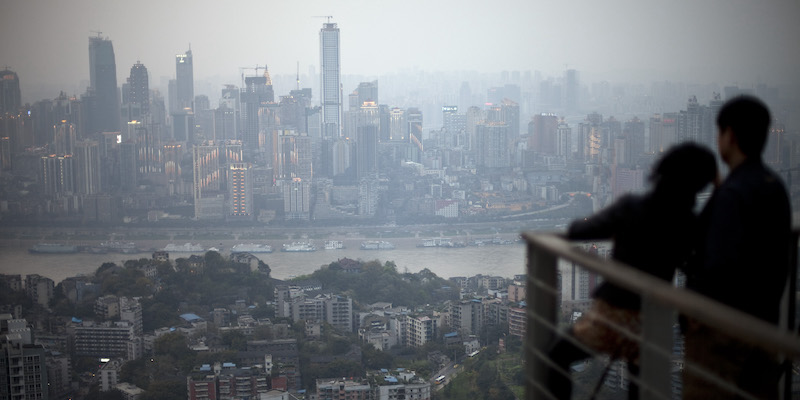Sopravvivere ad Haiti
Le foto della discarica Trutier a Port-Au-Prince, dove ogni giorno migliaia di persone cercano cibo e altri materiali riutilizzabili

altre
foto
Il terremoto che ha colpito Haiti due anni fa, uccidendo circa 315mila persone e devastando gran parte dell’isola, ha peggiorato di molto la già fragile situazione economica del Paese. Molte persone si sono ritrovate senza quel poco che possedevano da un momento all’altro, è aumentato il numero dei senza tetto e delle persone che non hanno concretamente modo di procurarsi dignitosamente quanto necessario per vivere. Prima del terremoto, le persone in cerca di cibo e altri materiali riutilizzabili che frequentavano la discarica di Trutier, che si trova nella periferia della capitale Port-Au-Prince, erano circa duecento; ora sono diventate duemila e tra loro ci sono anche bambini.
– Haiti due anni dopo il terremoto, Non è cambiato molto, e la ricostruzione è ancora in alto mare: le foto
– Tutti gli articoli del Post sul terremoto ad Haiti
– La vita dei raccoglitori di canna da zucchero ad Haiti, Le foto dei lavoratori haitiani nella Repubblica Dominicana: immigrati illegalmente, sfruttati e pagati quasi niente
























